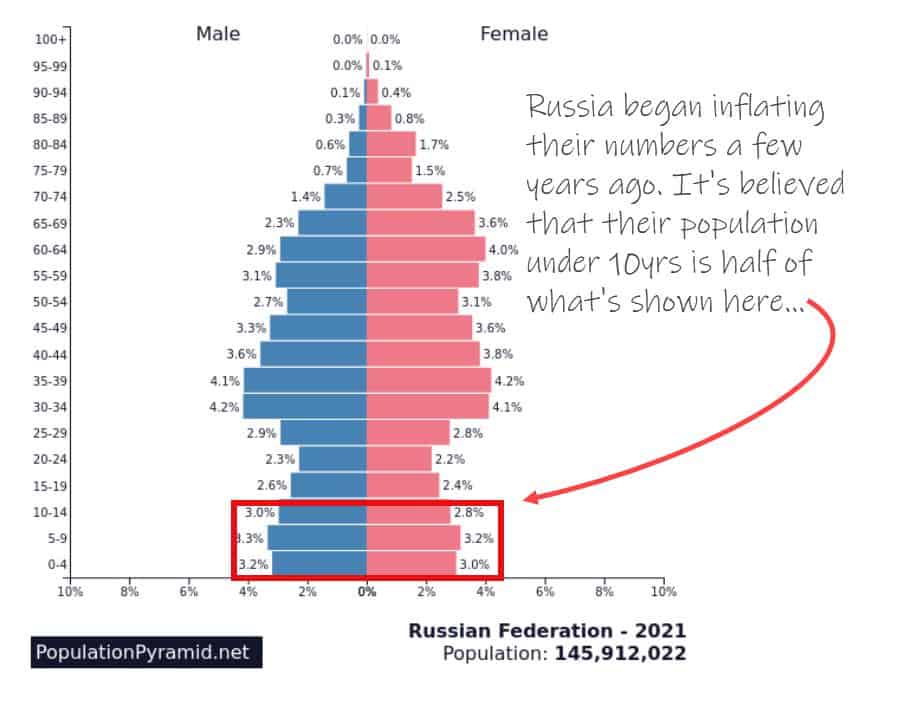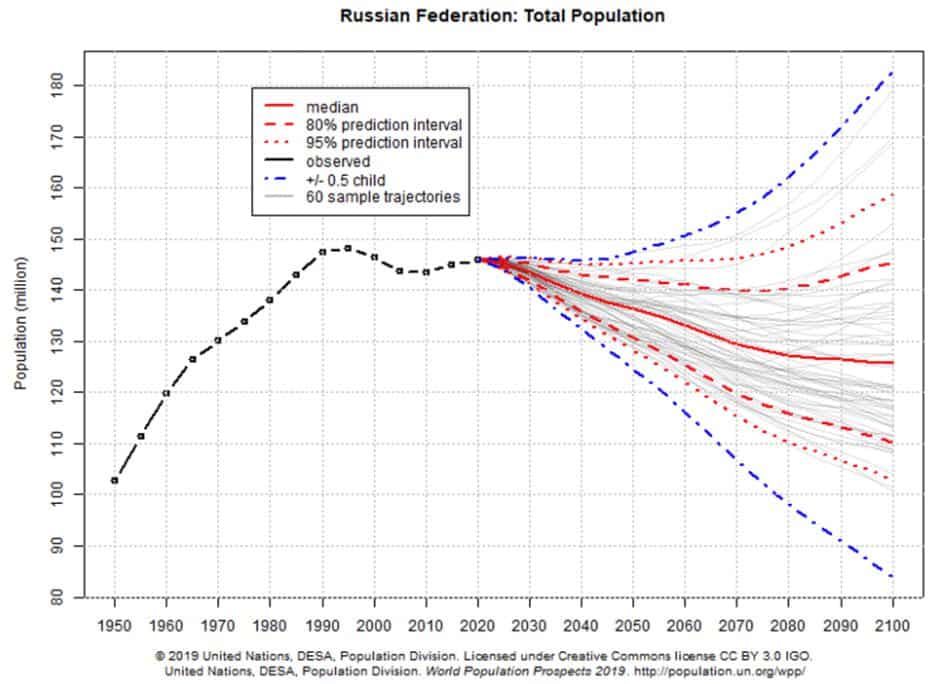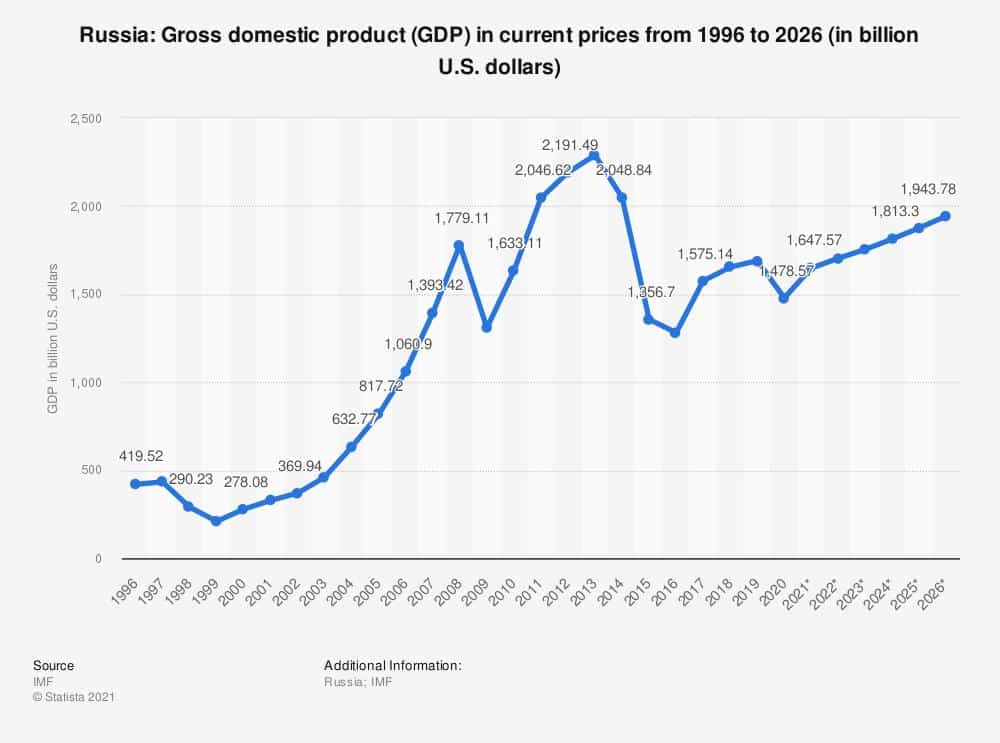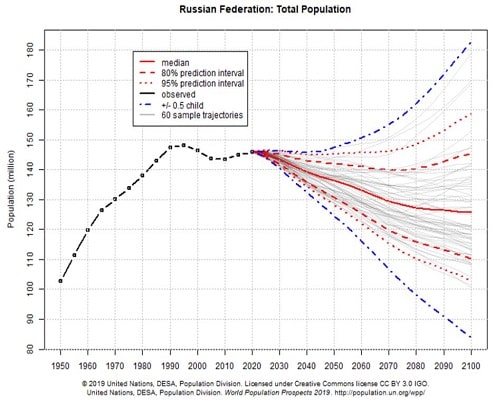***The Following is an excerpt from a Market Note recently sent to Collective members. Click here to learn more***
Consider this a PSA…
The Russia/Ukraine hot takes I’m seeing getting bandied about on Fintwit by half-brained Putin lickspittled nitwits are so awful that I feel compelled to say something.
First, a quick note about my background so you know that I’m not completely talking out of my arse here.
I spent over a decade working in intelligence (Human intelligence, counter-intelligence, interrogation, etc…) for the DoD, DIA, FBI, and on the private side as a consultant for Palantir. I sat on the Russia desk when I contracted for the FBI and focused on that region for much of my intel career.
So I’m not a complete noob when it comes to these things. However, I spent enough time in that game to know that these situations are highly complex, variable, layered, nuanced, and difficult to predict. This is because there’s always a lack of information, intentional moves to misinform, and most of the time even the lead players themselves don’t know exactly what they’re going to do next.
With that caveat, let’s do a real quick overview of the basic facts on the ground. A little setting of the scene for you.
To start, Russia is a dying country…
I say dying because the country is quite literally dying. It’s shrinking in size and this is only going to accelerate, with the population expected to contract by 5-8% over the next 15-years alone. Harvard’s Davis Center for Russian and Eurasian studies, notes the following (chart from them, annotation by me):
In Russia, the age-sex pyramid looks like an unstable Christmas tree. The indentations every 20-25 years represent the long-term cyclical impact of the country having lost so many people in World War II. Each subsequent recovery is narrower, suggesting that the number of fertile women in each generation is getting smaller and smaller. That doesn’t bode well for the birth rate.

The Russian government is keenly aware of this and has been trying its damndest to reverse these trends.
They’ve enacted policies such as the Maternity Capital program, which gives out cash for newborns. They’re making it increasingly easy to immigrate and gain Russian citizenship. And they’ve been aggressive in “passportizing” ethnic Russians in contested territories (Moldova, Georgia, Eastern Ukraine), going as far as annexing Crimea, which brought another 2.5mn “citizens” into the country.
The national security website War On The Rocks points out a few of the errors with this approach (emphasis by me).
There is a worrisome potential relationship between demographics and Russia’s foreign policy today, including the long-standing practice of “passportization.” During his annually televised question and answer session in 2018, Putin suggested that one of the solutions to the demographic problem is liberalizing citizenship policy to integrate Russian compatriots. The implied message was that Moscow sees refugees from conflict as a potential positive in light of the demographic challenges the country faces — compatriots, or those Russia considers to be part of the Russian world (Russki Mir), are part of the solution.
In the long run, demographics, not geopolitics, may prove Putin’s chief error in undertaking a confrontation with the United States. Undoubtedly, Moscow can keep up the contest, but it will come with a strategic price tag for Russia’s future during a crucial decade when the country needs to focus resources on its demographic problem. The population structure will change in the 2030s such that a second demographic “dip” will become more pronounced, rendering later efforts less effective. There is an inherent tradeoff between Moscow’s prioritization of the country’s demographic health and its geopolitical pursuits, and this does not seem to be accepted by the national leadership.

Second, Russia is a small and dwindling economic power. Here’s a side-by-side comparison to my home state of Texas (image via Forbes). The data is a couple of years old but the main point stands. Russia’s GDP is over 20% smaller than that of the Longhorn state. Its GDP per capita is a tiny fraction of that seen in other modern countries, owing to the fact that it’s an extreme kleptocracy with stagnant real growth.

Russia has indefensible borders… Much of Putin’s geopolitical strategy is directly explained by the country’s vulnerability to land attack through the great flatland that is the European Plain to its West, as well as its lack of access to warm water ports.
Countless invaders have used the European Plain to attack Russia throughout history; the Poles in 1605, Swedes in 1707, Napoleon in 1812, and the Germans in both World Wars. The plain stretches to a width of roughly 2,000 miles along the Russian border. This makes it a geographical nightmare for a paranoid authoritarian type.
These two reasons explain nearly all of Putin’s geopolitical moves. It’s why Russia annexed Crimea; it gave them access to the warm-water port at Sevastopol. It explains their backing of Asad in Syria; they have a naval base in the port city of Tartus, which is located on Syria’s Mediterranean coast. And it explains why Putin feels he (Russia) needs to maintain control over Ukraine and not allow it to fall further into Western/NATO influence, and why he’s gone as far as threatening nuclear war to stop it.
The fall of Viktor Yanukovych and his replacement with a pro-Western government made the current military standoff, inevitable, at least from the Russian viewpoint.
Putin needs the land buffer of Ukraine to protect his borders from invasion. He also wouldn’t mind annexing the more pro-Russian parts of the country in order to bolster his demographics. Ultimately, he will do whatever he can in his power to stop the creep of NATO and western influence from moving to his doorstep.

 Okay, so a quick recap.
Okay, so a quick recap.
Russia is a nation that’s in structural decline. Its population is shrinking, it’s a tiny resource-driven kleptocracy that hasn’t seen its economy grow in real terms over the last decade +.
The only power that Putin has is his large arsenal of nukes. Europe’s dependency on Russian oil and gas. And Russia’s considerable global intelligence / influence / propaganda efforts along with their willingness and aggressiveness in pulling on that lever.
Putin still operates under the cold war era might makes right mindset. Considering Russia’s decline (one which he has helped accelerate due to his poor management of the country’s economy), he’s somewhat of a desperate despot.
This is why he will do whatever he deems necessary to not cede control of Ukraine to the West. And it’s why he desires control over the security policies of every former Soviet state that broke away after 1989. This is why he’s amassed over 150,000 troops along the Ukrainian border. It’s why the Russian military will not step down. And why it will likely escalate, until it gets what it wants, either through concession or by force.
This brings us to the present day and to one of the reasons behind why I wanted to write this piece.
For whatever God-forsaken reason, there’s a growing portion of the American right (looking at you Tucker…) that has coalesced around this narrative of Putin being some kind of a geopolitical chess grandmaster, who plays the US and its western allies like a Balalaika. And that, in this instance, it’s the US administration that is somehow hankering for war.
I can’t begin to understand the mental contortions one has to do to get to an opinion this piss poor. It’s so bereft of sense and any basis in reality, that it’s ridiculous to even try and refute… like having to argue why the Pacific ocean isn’t actually made entirely out of tapioca. I only assume that paint chips and errant parents are to blame for this collective brain damage, but I digress…
I’m not sure what the difficulty in understanding is here.
Is allowing freely elected democratic countries the ability to apply for NATO membership where they enjoy the benefits of greater security and long-lasting economic benefits an act of war?
By assisting a budding democracy that previously long struggled under an extortive Russian puppet, an act of aggression?
By these two things is America forcing Russia into a military confrontation?
Or, perhaps, maybe the reality is that Putin’s regime is in decline. He’s been unable to modernize and grow his economy and maintain Russia’s former geopolitical influence. As a direct result of his heavy-handed thiefdom, he’s seen more and more former soviet bloc countries decide to follow the more prosperous model of the West, which now happens to include Ukraine itself. This чертовски пугают Russian leadership who’s still very much haunted by the country’s past, and still very much operates in a cold war mindset of prey or be preyed upon.
As far as Putin being a so-called Grand strategist… yeeeeeaaah, ooookey.
Not sure what performance metrics are the basis for this little nugget but it’s certainly not from his latest foray, which is backfiring in spectacular fashion.
His ham-fisted threats along with the asininity of his demands means no Western leaders are taking him seriously at this point. Even the historically more neutral Germans recently sent troops to the Baltics as part of a NATO show of force.
More importantly, Putin’s gamble has created a level of strategic solidarity amongst NATO members that we, quite frankly, haven’t seen since the height of the Cold War. To add some color, here’s a list of examples, though it’s far from exhaustive:
- Estonia has sent Ukraine Javelin anti-armor missiles
- Latvia and Lithuania have shipped Stinger anti-aircraft missiles
- Turkey has sent in a ton of anti-tank drones
- France has shipped a lot of anti-aircraft weaponry
- The UK is sending a long list of military gear along with trainers
- Finland is buying US-made F-35s
And a big one… Both Sweden and Finland are now openly discussing joining NATO after a long history of showing deference to Russia on geopol matters (link here).
The list goes on… it’s impressive really, the level of action and wide support for Ukraine that Putin has been able to inspire. It was just two years ago that the sitting President of the United States was discussing pulling the country out of NATO. Now the organization has more vigor, purpose, and influence than it’s had in decades.
If these are the marks of a geopolitical grand strategist then I’m waiting for the M. Night Shyamalanesque twist coming down the pipe that’s just going to blow us all away. Or, again, maybe he’s just a middling kleptocrat of diminishing importance who sees the inevitable waning of his country’s influence. And, as a result, is acting out.
So where do we go from here?
Despite the significant military support that Ukraine has received in recent weeks. It’s still not nearly enough to go toe to toe with Russia. But, it is more than enough to ensnare them in a prolonged and costly counterinsurgency. This must bring memory of the Soviet’s days in Afghanistan when its military suffered death by a 1,000 US Stinger missile cuts… And with a sizable arsenal of Javeline fire and forget anti-tank missiles, Stinger anti-aircraft, and Turkish drones… well, Putin’s potential military adventurism just got a LOT more costly.
Putin knows this but his military machinations are already in motion. He was hoping that by going all-in with a bluff, even though he’s clearly holding a 2 and 7 off suit, he could force concessions from the West. Concessions that would involve the spread of Russian “security” influence to former Soviet states. States that definitely don’t want that influence.
The West has called his bluff.
Biden announced earlier this month that if Russia invades Ukraine the Nordstream 2 will be canceled. He said this at a press conference with German Chancellor Olaf Scholz standing next to him, nodding in agreement. You can argue that this is just bluster, that Germany needs the pipeline. But it doesn’t matter. The stakes have been raised. The fact that the Germans have come this far is significant. This puts Putin in a very tough spot.
This brings us back to geography and sunk costs.
Putin has made it clear that Western influence has spread too close to his borders and he’s willing to throw out some wild cards if needed. In his mind, his country’s very sovereignty is on the line if he doesn’t stop the spread of NATO and build a buffer in the European plain.
In addition, mobilizing a military of this size is costly. Not to mention it carries a kind of momentum of its own. These things are difficult to stop once they get going. And so, odds are Russia invades Ukraine and does so soon. How far he pushes, whether they stop at the Eastern regions or push for the capital are to be determined.
As far as the West goes, it’s fed up with Russia’s behavior. The poisoning of UK residents, the annexation of Crimea, the meddling in democratic elections, constant cyberattacks, and its frequent military adventurism has helped to unite the West in a way that’s been sorely needed. This means that this time the West’s response won’t be like what we saw following Crimea. It means there’s potential for things to escalate.
The other day I did a zoom call with a handful of my former USIC buddies. All of them work on the private side now, doing consulting or contracting. But they’re still very much plugged into the loop. The general consensus put that odds at 80% that Russia invades within the next week.
The administration has been purposefully leaking intel to the press about Putin’s plan. This intel is no doubt being picked up from SIGINT. The word is that they move by early next week.
Of course, this is all just informed speculation so take it with a helping of salt. The geopolitical prediction game is a tough one, and you inevitably show your ass if you play it enough. That’s just the table stakes.
As far as how this impacts markets.
The public has a tendency to overweight the market importance of geopolitical events. The truth is that the vast majority of the time, these things don’t really matter except for a very short while. Of course, that’s different if things escalate significantly. Which, unfortunately, this has the potential of doing though I still see that as a low probability outcome.
Inflation and the Fed’s response to the former continue to be the two big things driving the outsized repositioning we’ve seen over the last two months. If credit continues to be a solid lead, then the pain isn’t quite done yet. I’ll be out with more over the weekend where I’ll go into this further.
In the meantime, we’re still holding large amounts of cash. And we are still short RTY and NQ from higher levels. This has helped keep our book up 5% on the year, versus the SPX’s -8% year-to-date decline. It’s our belief that the market is setting up for a great buying opportunity in the next few weeks. And lucky for us, we have a lot of dry powder to do some shopping.
If you’d like to join us in our market adventures and our hopeful upcoming shopping spree, then click the link below and sign up for our Collective. This is shaping up to be one of the most engaging macro environments in over a decade. There will be a LOT of money to be made and lost if you don’t know when to hedge your risk and cash your chips. Enrollment to our group closes this Sunday at midnight. So if you’re thinking about joining the team, make sure to do so before then. Hope to see you in there and happy hunting!
Join the Collective
Give me a holler if you’ve got any questions or comments.
In the meantime, stay frosty.










